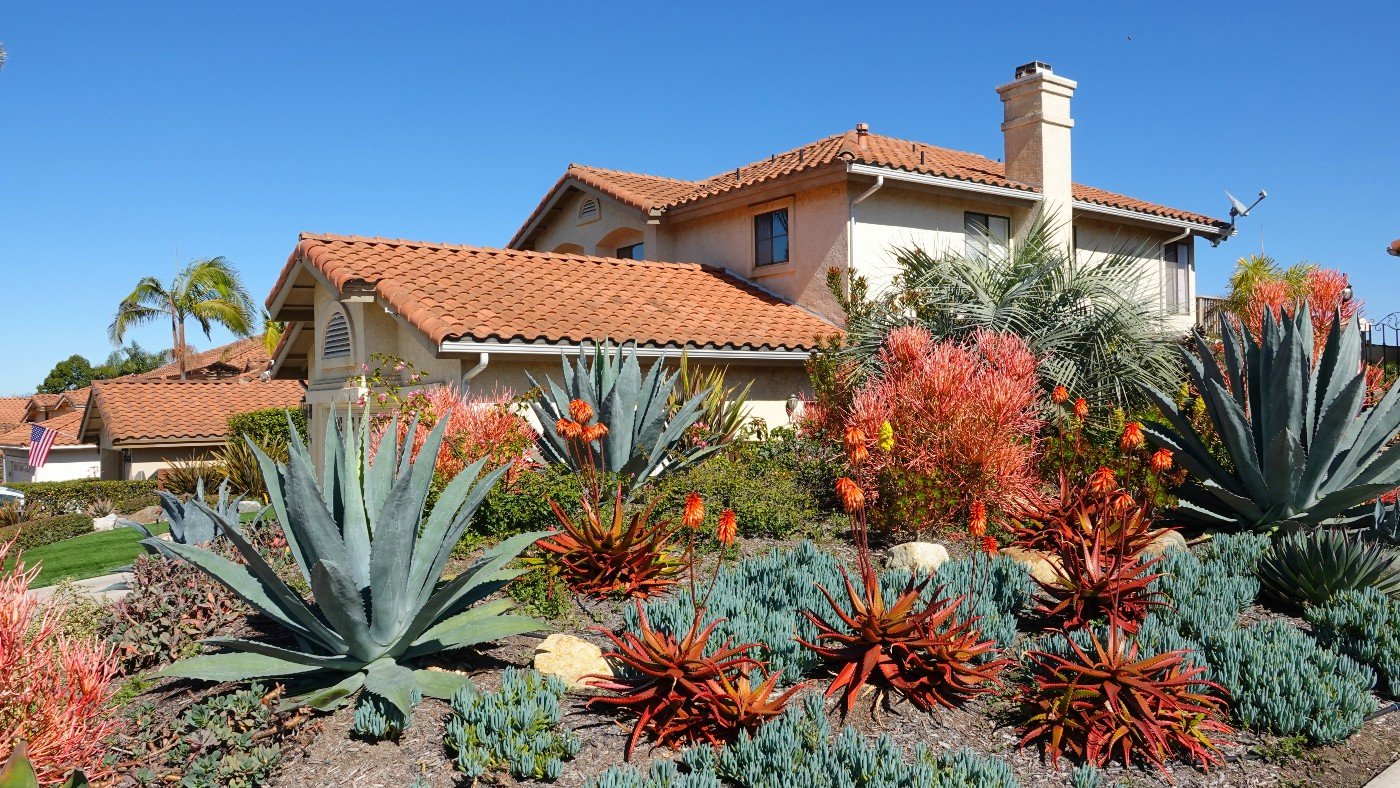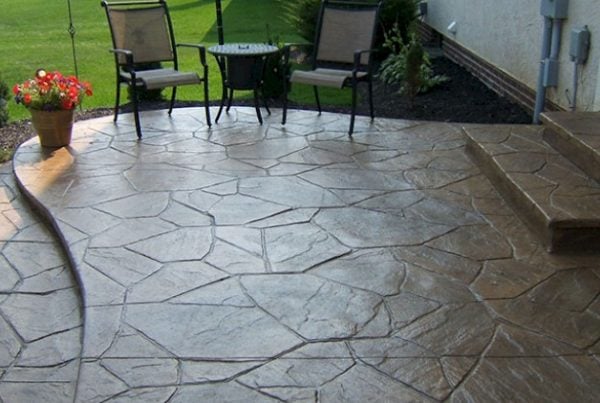Embracing Nature’s Palette: The Role of Native Plants and Trees in Castle Rock’s Landscapes
In Castle Rock, a town where the majestic Rockies meet the plains, the importance of sustainable landscaping cannot be overstated. The use of native plants and trees in landscaping is more than a trend; it’s a commitment to the environment and local biodiversity. This approach to landscaping not only preserves the natural beauty of Castle Rock but also supports the ecological balance. Let’s delve into why native plants and trees are crucial for sustainable landscaping in Castle Rock and how they can be effectively incorporated into your outdoor spaces.
The Ecological Benefits of Native Plants and Trees
Native plants and trees are those that have evolved naturally in a region and are adapted to the local environmental conditions. In Castle Rock, these plants have developed to thrive in the area’s specific climate, soil types, and water availability. This inherent adaptation offers several ecological benefits:
Water Efficiency: Native plants, once established, typically require less water than non-native species. This is particularly important in Castle Rock, where water conservation is essential due to the semi-arid climate.
Support Local Wildlife: Native plants provide essential habitats and food sources for local wildlife, including birds, bees, butterflies, and other beneficial insects. This support of local ecosystems is crucial for maintaining biodiversity.
Reduced Maintenance: Adapted to local conditions, native plants generally require less maintenance in terms of fertilizers and pesticides. This not only saves time and resources but also reduces the chemical runoff into the environment.
Designing with Native Flora: Creating a Sense of Place
Incorporating native plants and trees in landscape design contributes to a garden that resonates with the natural beauty of Castle Rock. A landscape that utilizes native flora creates a sense of place, blending seamlessly with the surrounding environment. It can range from a xeriscape that mimics the natural dry landscapes to a lush, wild garden that echoes the green pockets of the Rockies.
When selecting native plants, consider their growth patterns, blooming cycles, and how they interact with other plants in the garden. This approach will help create a landscape that is not only sustainable but also dynamic and visually appealing throughout the seasons.
The Role of Sod in Sustainable Landscaping
While native plants and trees are vital, sod also plays a role in sustainable landscaping. Opt for native grasses or low-water varieties that are well-suited to Castle Rock’s climate. Such grasses are more resilient to local pests and diseases and require less water and care than traditional lawn grasses.
FAQs: Native Plants & Trees in Castle Rock Landscaping
Q: How do I choose the right native plants for my Castle Rock property?
A: Consider your property’s specific conditions, such as soil type, sun exposure, and moisture levels. Consulting with a local nursery or a landscaping professional who specializes in native plants can provide valuable guidance.
Q: Can native plants and trees help with erosion control?
A: Yes, many native plants, especially grasses and groundcovers, have deep root systems that help stabilize the soil and prevent erosion.
Q: Are native plants less susceptible to pests and diseases?
A: Generally, native plants are more resistant to local pests and diseases as they have adapted over time to these challenges, reducing the need for chemical interventions.
Q: Can I mix non-native plants with native ones in my landscape design?
A: While focusing on native plants is ideal for sustainability, you can incorporate non-native plants as long as they are not invasive and can thrive in the local conditions without excessive water or care.
Embracing native plants and trees in your Castle Rock landscape is not just a sustainable choice; it’s a celebration of the local environment. By carefully selecting and integrating these native species, you create a landscape that is not only beautiful and resilient but also deeply connected to the unique ecological tapestry of Castle Rock. Such landscapes not only enhance your property but also contribute positively to the local ecosystem, fostering a harmonious relationship between your home and the natural world around it.





